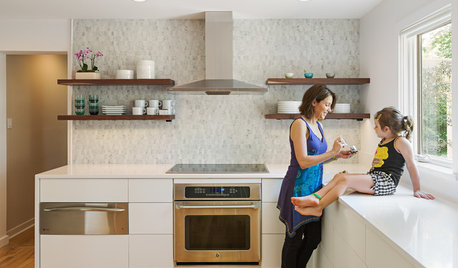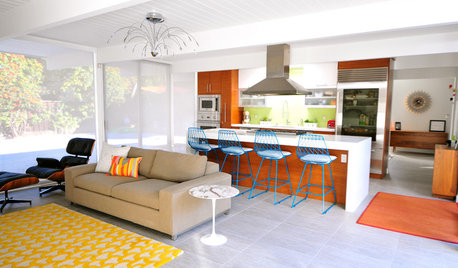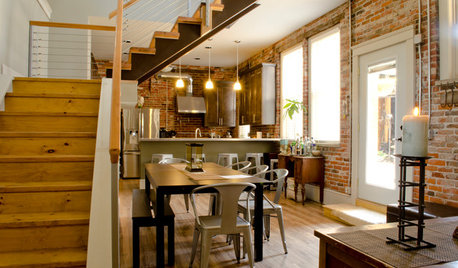Green wire in a EMT conduit run
miamicuse
10 years ago
Related Stories

GREEN BUILDINGWhy You Might Want to Build a House of Straw
Straw bales are cheap, easy to find and DIY-friendly. Get the basics on building with this renewable, ecofriendly material
Full Story
INSIDE HOUZZTell Us Your Houzz Success Story
Have you used the site to connect with professionals, browse photos and more to make your project run smoother? We want to hear your story
Full Story
GREEN BUILDINGHouzz Tour: Going Completely Off the Grid in Nova Scotia
Powered by sunshine and built with salvaged materials, this Canadian home is an experiment for green building practices
Full Story
LIGHTINGThe Lowdown on High-Efficiency LED Lighting
Learn about LED tapes, ropes, pucks and more to create a flexible and energy-efficient lighting design that looks great
Full Story
REMODELING GUIDESCool Your House (and Costs) With the Right Insulation
Insulation offers one of the best paybacks on your investment in your house. Here are some types to discuss with your contractor
Full StoryGREEN BUILDING11 Reasons to Live in a House of Straw
Don’t be fooled by the old folk tale. Straw bales are a strong, functional and good-looking building material
Full Story
MIDCENTURY HOMESHouzz Tour: An Eichler Remodel Spawns a Design Career
A homeowner finds her true calling upon redesigning her family's entire California home
Full Story
EDIBLE GARDENSSummer Crops: How to Grow Tomatoes
Plant tomato seedlings in spring for one of the best tastes of summer, fresh from your backyard
Full Story
BATHROOM DESIGNHow to Settle on a Shower Bench
We help a Houzz user ask all the right questions for designing a stylish, practical and safe shower bench
Full Story
HOUZZ TOURSHello, Bordello — an Ohio Loft Goes From Sinning to Winning
This onetime house of ill repute is now making good as a welcoming home, office and cocktail bar
Full Story








bus_driver
miamicuseOriginal Author
Related Professionals
Four Corners General Contractors · Big Lake General Contractors · Corsicana General Contractors · Everett General Contractors · Goldenrod General Contractors · Manalapan General Contractors · Glen Ellyn Solar Energy Systems · Richmond Solar Energy Systems · Yucca Valley Solar Energy Systems · South Whittier Home Automation & Home Media · Kansas City Home Automation & Home Media · Libertyville Home Automation & Home Media · Olathe Home Automation & Home Media · Saint Augustine Home Automation & Home Media · St. Johns Home Automation & Home Mediabus_driver
miamicuseOriginal Author
glennsparky
Ron Natalie
miamicuseOriginal Author
miamicuseOriginal Author
btharmy
bus_driver
glennsparky
mike_kaiser_gw
btharmy
bus_driver
Ron Natalie
btharmy